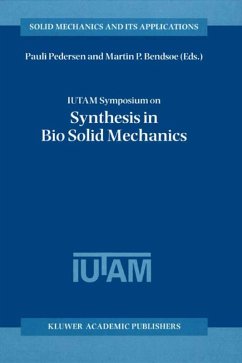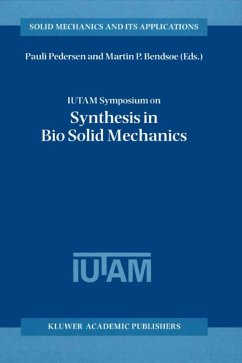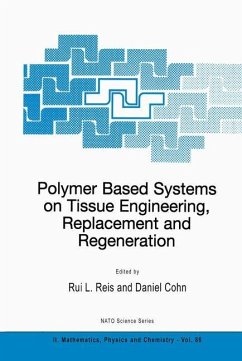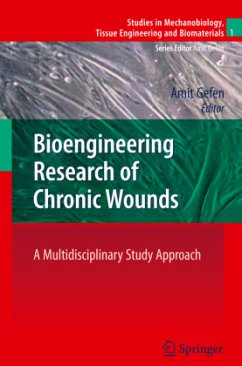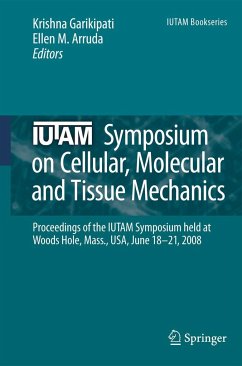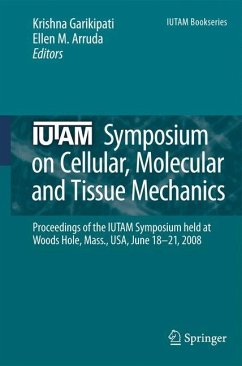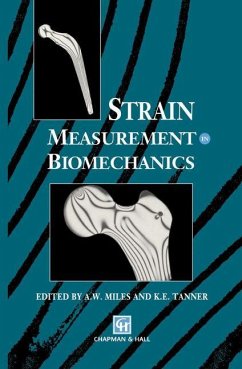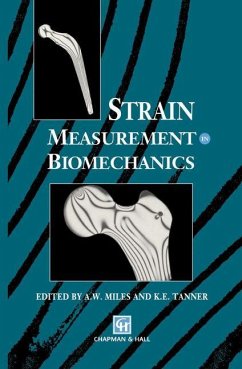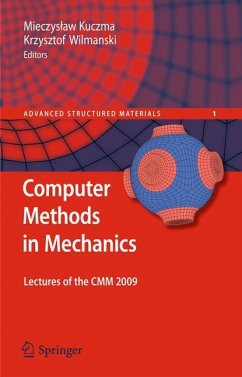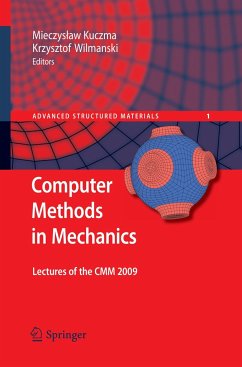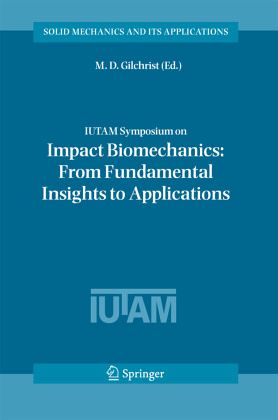
IUTAM Symposium on Impact Biomechanics: From Fundamental Insights to Applications
Versandkostenfrei!
Versandfertig in 6-10 Tagen
151,99 €
inkl. MwSt.

PAYBACK Punkte
76 °P sammeln!
Substantialfundamental workhas been undertaken inthe different aspects of impact biomechanics over the past three decades. Much of this has been motivated and undertaken bythe automotive industry intheirefforts to improve transport safety. More recently, however, it has become app- ent that themultidisciplinary synergies which are realisedby interactions between engineers, scientists and clinical practitioners will ultimately lead to a greater understanding of the complex interacting phenomena withinthe human bodyafter it has sustained an impact. In turn, this greater depth of knowledge will p...
Substantialfundamental workhas been undertaken inthe different aspects of impact biomechanics over the past three decades. Much of this has been motivated and undertaken bythe automotive industry intheirefforts to improve transport safety. More recently, however, it has become app- ent that themultidisciplinary synergies which are realisedby interactions between engineers, scientists and clinical practitioners will ultimately lead to a greater understanding of the complex interacting phenomena withinthe human bodyafter it has sustained an impact. In turn, this greater depth of knowledge will provide more fundamentalinsights into the analysis, d- gnosis, treatment and prevention ofimpact injuries across a broader sp- trum of accident environments. Thescienti?c focus of this IUTAM symposium istoaddress those t- ics that are centrally important to the biomechanics ofimpact. These can be groupedinto those that are concerned with the different causes of - cidents (e. g. , transport, occupational and sports injuries), themechanics - volvedinaccident analysis (e. g. , accident investigation, computational m- elling techniques), the different types of resulting traumatic injuries (incl- ing musculoskeletal, organ, spinal and head injuries), methods of asse- ing the extent of injury (e. g. , injury assessment, injury criteria, constitutive laws for human tissue), and providing protection during an impact (e. g. , injury prevention, energy absorption materials, and safety devices).





